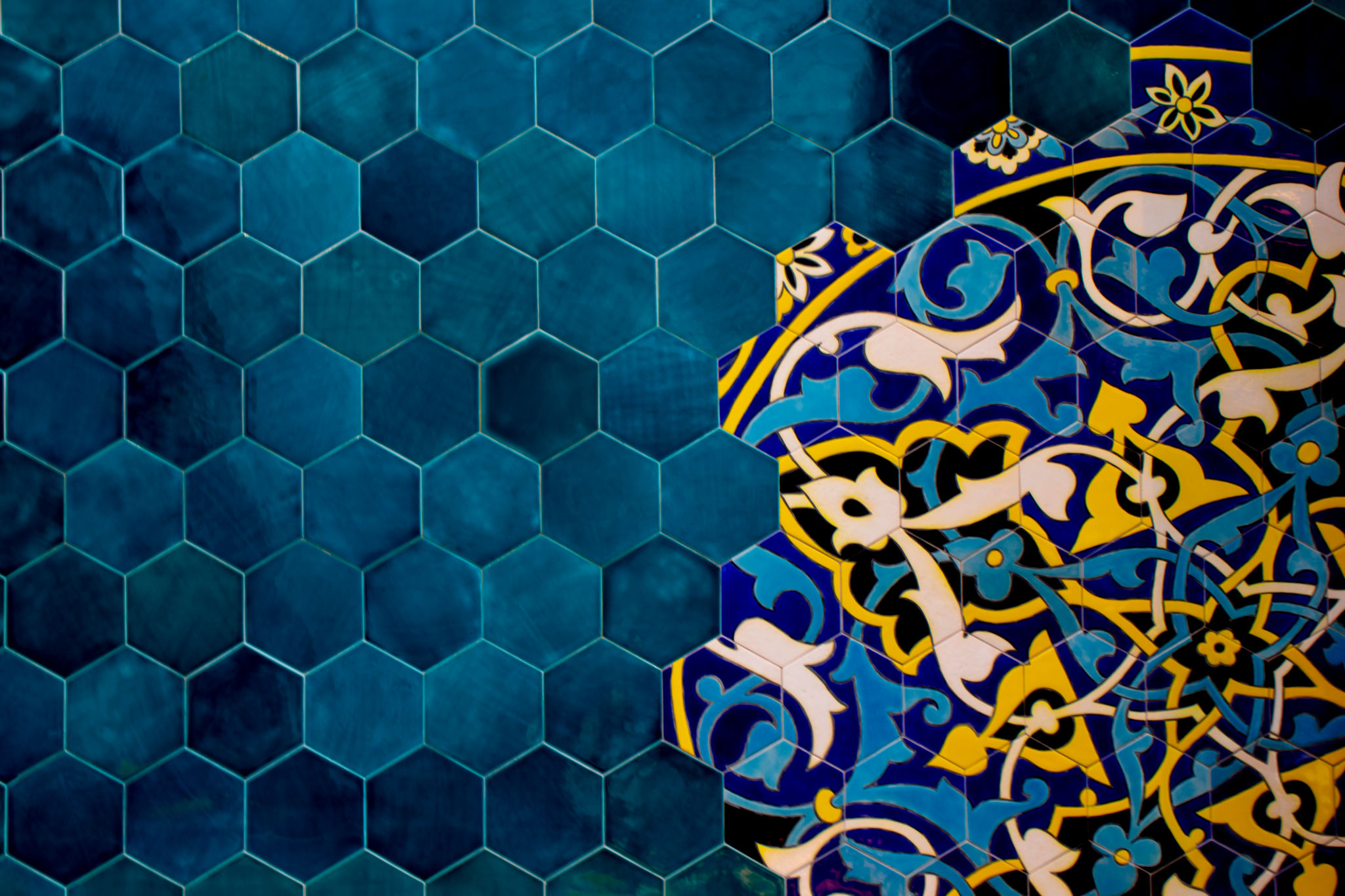Modern Geometric Designs in Spanish Mosaics: A Contemporary Twist to Traditional Art
The Evolution of Spanish Mosaics
Spanish mosaics have long been celebrated for their vibrant colors and intricate patterns, deeply rooted in the country's rich artistic heritage. Traditionally, these mosaics have drawn inspiration from Moorish, Roman, and Gothic influences, weaving together a tapestry of cultural significance. However, as tastes evolve, so does the art form. Today, modern geometric designs are breathing new life into this age-old tradition, offering a contemporary twist that appeals to both purists and modernists alike.
Geometric designs in mosaics are not entirely new; they have been a staple in many ancient civilizations. Yet, the way they are being interpreted in Spanish mosaics today is unique. Modern artisans are experimenting with bold shapes and symmetrical patterns, creating pieces that are both visually striking and deeply symbolic.

Incorporating Modern Elements
One of the most exciting aspects of contemporary Spanish mosaics is the incorporation of modern elements. Artists are now using innovative materials such as glass, metal, and even recycled components to craft mosaics that reflect today's environmental and aesthetic values. These materials allow for a greater range of colors and textures, making each piece a unique work of art.
The use of modern technology also plays a significant role in this evolution. Computer-aided design (CAD) software allows artists to experiment with complex geometric patterns that would have been difficult to achieve by hand. This fusion of technology and tradition results in mosaics that are both timeless and cutting-edge.
Applications in Modern Architecture
The appeal of modern geometric designs extends beyond standalone art pieces; they are increasingly being integrated into architectural projects. From residential interiors to public spaces, these mosaics offer a dynamic way to enhance the visual appeal of any environment. Their versatility makes them suitable for a variety of applications, including floors, walls, and even furniture.

In urban settings, geometric mosaics are being used to revitalize public areas, transforming mundane spaces into vibrant community hubs. These designs not only add aesthetic value but also create a sense of place and identity, connecting people to their surroundings in a meaningful way.
The Intersection of Tradition and Innovation
While modern geometric designs bring a fresh perspective to Spanish mosaics, they also pay homage to traditional techniques. Many contemporary artists are committed to preserving the craftsmanship that has defined this art form for centuries. By combining time-honored methods with new ideas, they create mosaics that honor the past while looking toward the future.
Collectors and art enthusiasts are increasingly drawn to these pieces for their ability to balance tradition with innovation. As a result, modern geometric mosaics are becoming highly sought after in the art market, appreciated for their beauty and historical significance.

The Future of Spanish Mosaics
As interest in modern geometric designs continues to grow, the future of Spanish mosaics looks promising. Artists are continually pushing boundaries, exploring new ways to blend traditional artistry with contemporary aesthetics. This ongoing evolution ensures that Spanish mosaics remain relevant and exciting for generations to come.
Whether you are an art lover, an architect, or simply someone who appreciates beautiful design, modern geometric mosaics offer something truly special. They represent a harmonious blend of past and present, tradition and innovation—a testament to the enduring power of art to inspire and transform.
